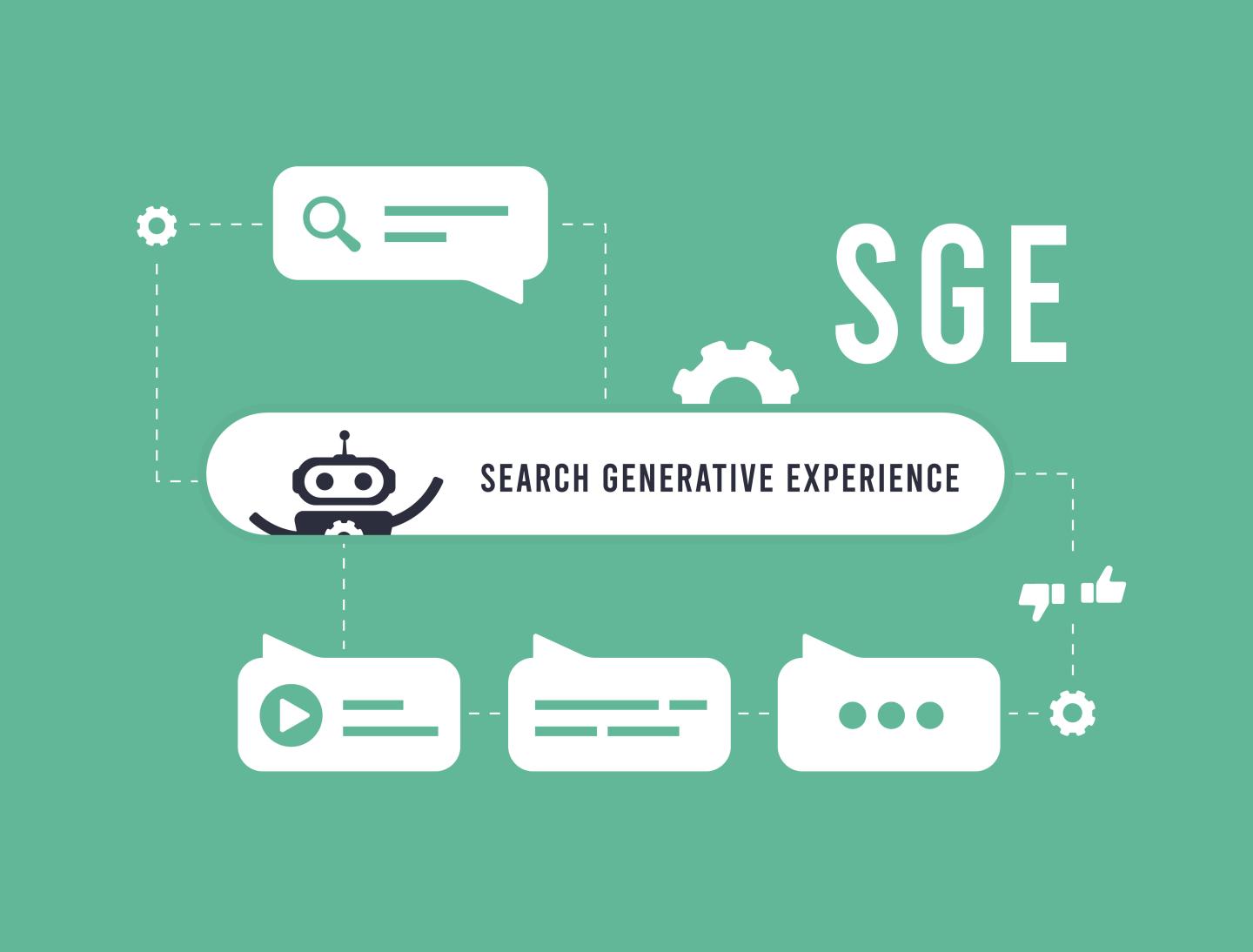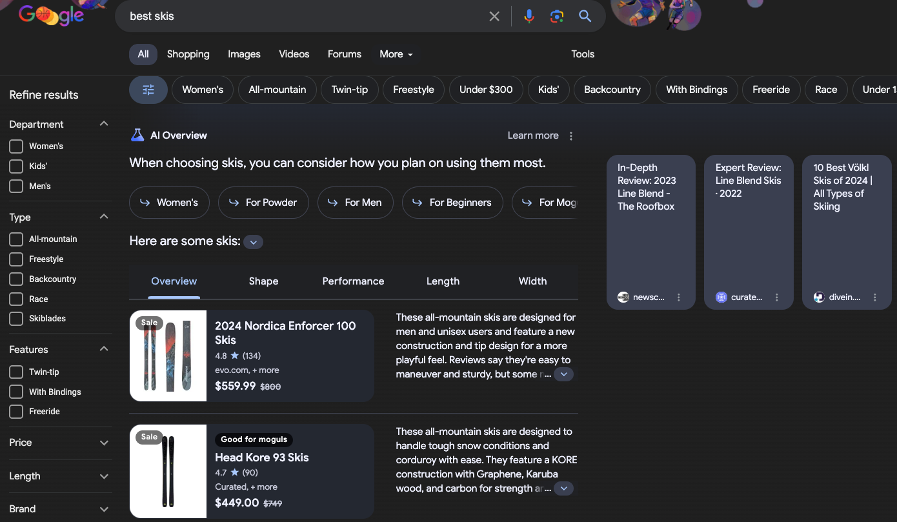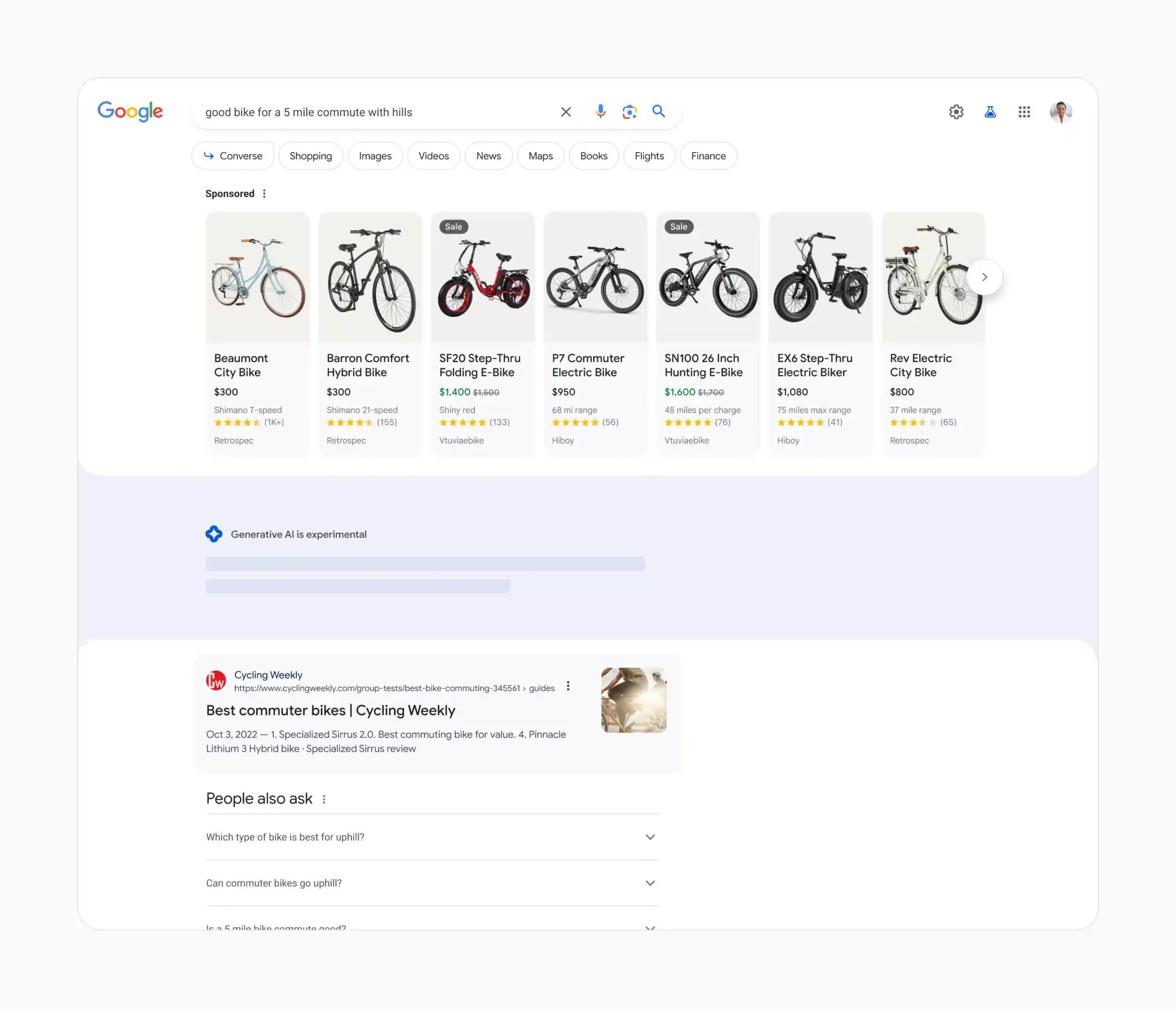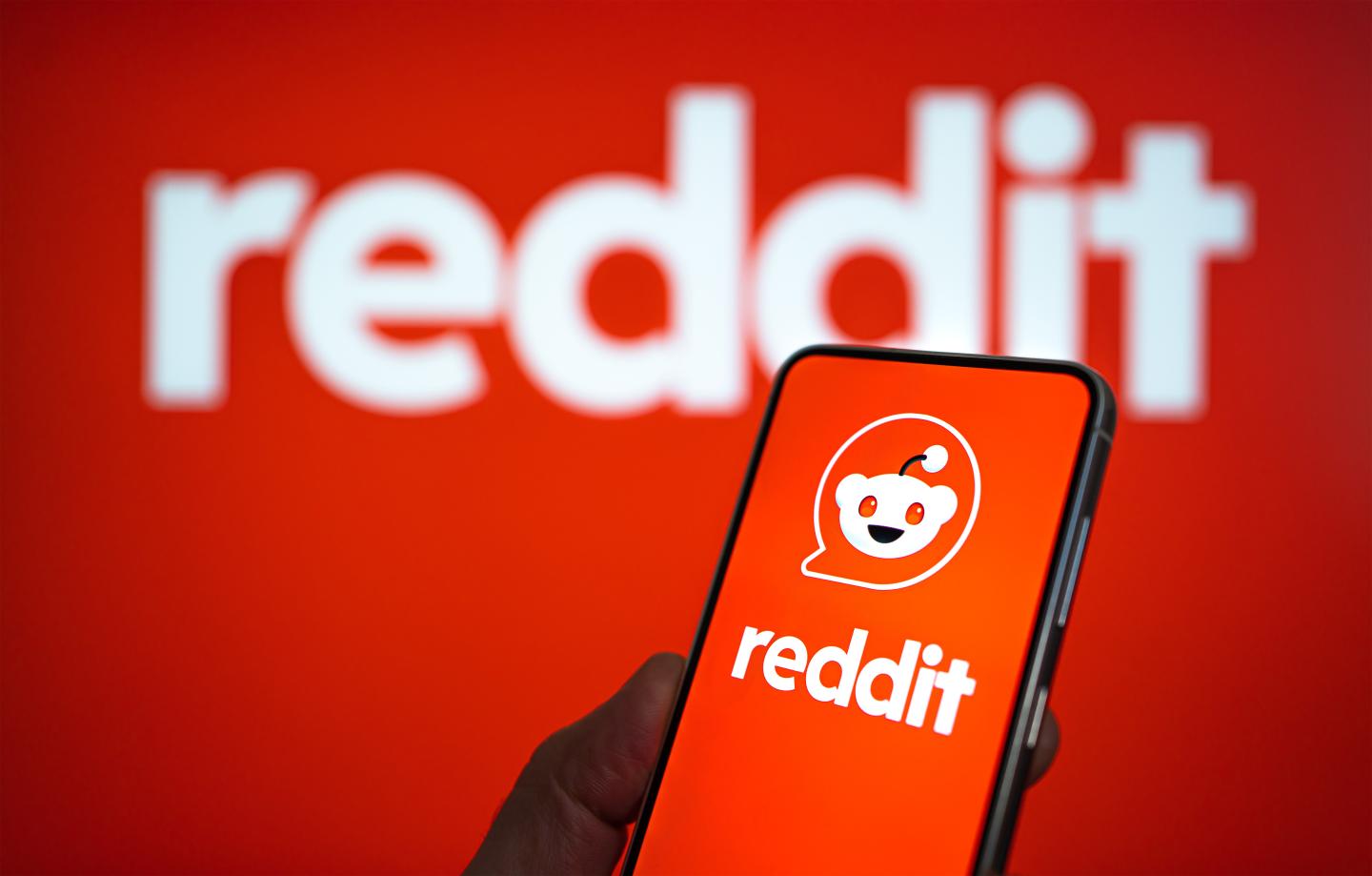Google's Search Generative Experience (SGE) Rollout and Backbone’s Strategic Recommendations

As of yesterday, May 14, Google's Search Generative Experience (SGE) has officially rolled out to all users in the U.S. Google is now calling the user experience "AI Summaries." At the highest level, this significant update to Google's search functionality leverages advanced AI to provide more comprehensive, conversational search results. While this represents an exciting evolution in search technology, it also poses potential challenges for organic traffic and impacts to paid search traffic.
Backbone’s SEO, Search, and Analytics teams delved into the key details of the SGE rollout and compiled several strategic recommendations to adapt and thrive in this new landscape.
What You Need to Know About Google's SGE:
- AI-Powered Summaries: SGE uses generative AI to create concise, informative summaries directly in search results. These summaries are positioned above traditional “blue link” results and are designed to answer user queries more effectively, reducing the need to click through to external websites.
- Conversational Search: The update enables more natural, conversational interactions, allowing users to refine their queries and get more tailored responses.
- Integrated Visuals and Information: SGE incorporates images, videos, and other media into the search results, making the search experience more dynamic and engaging.
Example of Search Results Page:

SGE’s Impact on Organic Traffic:
- Reduced Click-Through Rates (CTR): With more information available directly in the search results, we anticipate a decrease in click-through rates to organic listings.
- Increased Competition for Visibility: The prime real estate on SERPs (Search Engine Results Pages) will become even more competitive, as AI-generated summaries and rich media content take up more space, especially on mobile.
SGE’s Impact on Paid Results:
- Sponsored Content Reigns Supreme: Shopping and Search Ads continue to be above all other search results.
- Limited Real Estate: SGE entering the picture increases competition for placements amongst paid, organic, and generative content. Studies have shown that 84% of the time Generative Answers cover more than half of the screen, while 38% cover the full screen. It is increasingly important to show above the fold to get the best exposure by optimizing for ad rank and top of page rate.
Example of Search Results Page:

What To Do About It:
To combat the anticipated decline in organic traffic and maintain strong visibility, we recommend making the following updates to SEO and paid strategies:
Pivoting Your SEO Strategy:
Optimize for Featured Snippets and AI Summaries:
- Structure Content for Easy Parsing: Use clear headings, bullet points, and concise paragraphs to help Google's AI understand and extract key information from your content.
- Answer Common Questions: Create content that directly answers common questions in your niche. Backbone’s SEO team has been working to incorporate question-based content across clients’ optimization projects.
Enhance Content Quality and Relevance:
- Deploy Deep, Comprehensive E-E-A-T (Experience, Expertise, Authoritativeness, and Trustworthiness) Content: Focus on creating website content that provides significant value beyond what AI summaries and competitors offer.
- Authoritative Content: Publish content by industry experts and thought leaders to build credibility.
- Trust Signals: Ensure your website has strong trust signals, including clear author bios, customer reviews, and secure site protocols (HTTPS).
- Hone in on Middle-Funnel Content: For clients in saturated markets, upper funnel (brand awareness)-style content will be more difficult to rank for in the new SGE world. Focus on middle-funnel content (product reviews, comparisons, etc.) where SGE results are less likely to be prominent or competitive. Consider aligning closer to influencer initiatives.
- Have a Rich Media Integration: Incorporate images, videos, and infographics to make your content more engaging and align with the visual nature of SGE.
Focus More on Holistic Organic SERP Visibility:
- Stop Focusing on #1 Position: Even if you’re ranking as one of the top results for specific keywords now, a study on SGE from Authoritas found that nearly 94% of the links in Google SGE don’t match the top 10 organic search results. Overall, try to focus less on the link positioning and more on overall brand appearance and content.
- Keep An Eye on Product Visibility: If brand product listings are not showing up in AI snapshot results, you may want to consider optimizing your Google Merchant Center feed to include more compelling and detailed product information that the AI can easily parse. Reach out to Backbone SEO or SEM team members for more information.
Leverage Structured Data/Schema Markup*:
- Structured Data: Implement schema markup to help search engines understand your content better and increase the likelihood of appearing in rich results.
- Enhanced Listings: Use schema types relevant to your content, such as FAQs, how-tos, and product information, to improve visibility and click-through rates.
Future-Proofing Paid Advertising:
Prioritize Feed-Based and Dynamic Advertising:
- Shift from traditional keyword campaigns: Machine learning has matured, leading to a greater adoption of and push for a more dynamic approach to advertising. There has been less reliance on bidding on robust keyword lists and more emphasis on product feeds and website content to effectively use AI ad tech with Performance Max, Demand Gen, and Dynamic Search Ads.
- Actively manage Google Merchant Center and invest in product feed optimization: Ensure you have the highest visibility given Shopping Ads continue to be at the very top of Google search results and SGE is pulling in feed-based results.
Leverage AI Ad Tech to Address Shift in Search Behavior
- Adopt Performance Max and test broad-match keywords: In recent years there has been a change in how users research and compare products and services by using a larger variety of queries and more long tailed keyword searches. Now with the increased use of AI language models and their integration into search engines, there is an expected increase of conversational keywords.
Master Compelling Ad Creative
- Provide a variety of creative for text, image, and video: Creative is the top ROI driver across all media platforms. A wider variation of assets will unlock valuable inventory, improve machine learning, and futureproof campaigns.
- Get conversational: Ad copy best practices have encouraged concise language with the use of keywords and a unique proposition. SGE will likely disrupt this with a more conversational tone of voice and traditional ad copy may feel unnatural when added to the mix.
Monitor and Adapt:
- Analytics and Reporting: Keep a close eye on your website analytics to track changes in organic traffic, paid search traffic, and user behavior.
- Continuous Optimization: Be prepared to adapt your strategy based on performance data and emerging trends.
What to Take Away
The rollout of Google's Search Generative Experience marks a transformative change in the search landscape, not the end of SEO. If organic traffic decreases due to SGE, that doesn’t necessarily mean SEO has become a less viable channel – over time all marketing channels have become more expensive seeing decreased performance with platform changes and increased saturation. By adjusting SEO strategies now, we can mitigate traffic declines and capitalize on new opportunities for visibility and engagement.
As Search evolves it is critical to continue to change where we focus our efforts to serve the most effective advertising. Increasing investment in feed management and optimization will ensure the highest visibility in Shopping and SGE which is prominent at the top of search results. Shifting strategy and budget to AI campaign types such as Performance Max will leverage the latest AI technology that uses millions of user signals to find your customers. Having a variety of best in-class creative assets across different formats will provide the greatest opportunity to resonate with users during their consumer journey.
*Schema markup, also referred to as structured data, is code that helps search engines understand and categorize the content of web pages. Learn more here.
For more information on this topic, please reach out to info@backbone.media.


